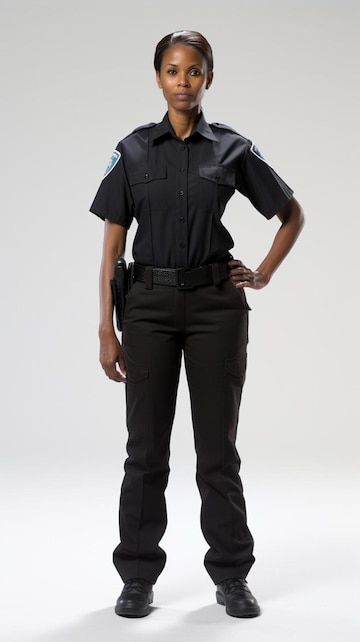
Tactical Gear Integration: Pockets, Loops, and Reinforcements for Security Uniforms in KSA
Modern security operations in Saudi Arabia demand uniforms that seamlessly integrate tactical gear while maintaining professional appearance and operational effectiveness. The strategic placement of pockets, loops, and reinforcements transforms standard security uniforms into comprehensive tactical platforms that enhance officer capability, safety, and mission success across diverse operational environments.
The Evolution of Tactical Uniform Integration
Security operations in Saudi Arabia have evolved significantly, requiring uniforms that adapt to complex operational demands while maintaining cultural sensitivity and professional standards. Modern tactical integration goes beyond simple pocket placement, encompassing a holistic approach to equipment management that considers ergonomics, accessibility, weight distribution, and operational efficiency.
The integration of tactical elements into security uniforms represents a critical advancement in operational capability, enabling security professionals to carry essential equipment efficiently while maintaining mobility, comfort, and professional appearance throughout extended duty periods.
Strategic Pocket System Design
Multi-Tier Pocket Architecture
Effective tactical uniform design employs a multi-tier pocket system that organizes equipment based on frequency of use, operational priority, and accessibility requirements:
- Primary Access Pockets: Chest-mounted pockets for frequently accessed items like radios, notebooks, and identification
- Secondary Storage: Cargo pockets on thighs for larger items, spare equipment, and backup supplies
- Utility Pockets: Smaller specialized pockets for specific tools, ammunition, or medical supplies
- Concealed Storage: Internal pockets for sensitive items, backup identification, or emergency equipment
Ergonomic Placement Principles
Pocket placement follows ergonomic principles that optimize accessibility while minimizing interference with natural movement patterns:
- Dominant Hand Access: Critical equipment positioned for easy access with the dominant hand
- Cross-Body Reach: Secondary items placed for efficient cross-body access when primary hand is occupied
- Seated Position Compatibility: Pocket placement that remains accessible when seated in vehicles or at desks
- Movement Clearance: Strategic positioning to avoid interference during running, climbing, or tactical movements
Equipment Loop and Attachment Systems
MOLLE Integration
Modular Lightweight Load-carrying Equipment (MOLLE) systems provide versatile attachment points for tactical accessories:
- Chest Panel MOLLE: Front-mounted webbing for radio pouches, magazine holders, and utility accessories
- Sleeve Integration: Arm-mounted MOLLE panels for patches, lights, or communication devices
- Back Panel Systems: Rear-mounted attachment points for hydration systems or additional storage
- Belt Interface: MOLLE-compatible belt systems that integrate with uniform-mounted webbing
Strategic Reinforcement Implementation
High-Stress Area Protection
Tactical uniforms require reinforcement at areas subject to increased wear and stress:
- Knee Reinforcement: Additional padding and durable materials for kneeling operations
- Elbow Protection: Reinforced patches that withstand crawling and prone positions
- Shoulder Reinforcement: Enhanced durability for equipment strap contact points
- Pocket Stress Points: Reinforced stitching and backing material at pocket attachment points
Saudi-Specific Operational Considerations
Climate Adaptation
Tactical gear integration must account for Saudi Arabia's challenging climate conditions:
- Heat Management: Ventilation features that prevent equipment-related heat buildup
- Moisture Control: Drainage and breathability features for high-humidity coastal areas
- Sand Resistance: Sealed closures and smooth surfaces that resist sand infiltration
- UV Protection: Material selection that maintains integrity under intense solar exposure
Conclusion: Optimizing Tactical Integration
Effective tactical gear integration transforms security uniforms from simple clothing into comprehensive operational platforms that enhance officer capability and mission success. The strategic implementation of pockets, loops, and reinforcements requires careful consideration of operational requirements, environmental conditions, and cultural factors specific to Saudi Arabia's security environment.
Success in tactical integration depends on understanding the complex interplay between functionality, durability, comfort, and professional appearance. Security organizations that invest in properly integrated tactical uniforms demonstrate their commitment to officer safety and operational effectiveness while maintaining the professional standards expected in Saudi Arabia's security industry.
About the Author
Lieutenant Colonel (Ret.) Fahad Al-Otaibi is a tactical equipment specialist with over 22 years of experience in security operations and uniform design. He has developed tactical integration systems for major security companies across Saudi Arabia and serves as a consultant for tactical uniform optimization and equipment integration strategies.